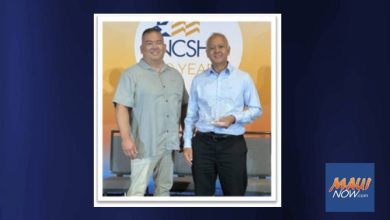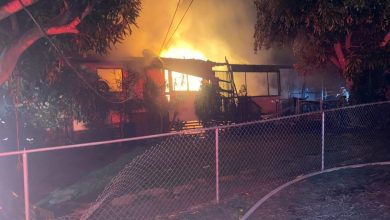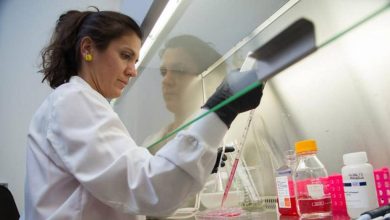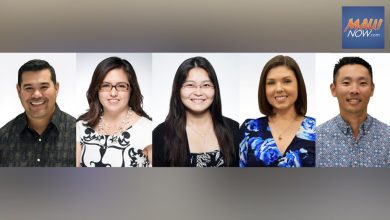Hawaiʻi Community Foundation launches state’s first Environmental Finance Center : Maui Now
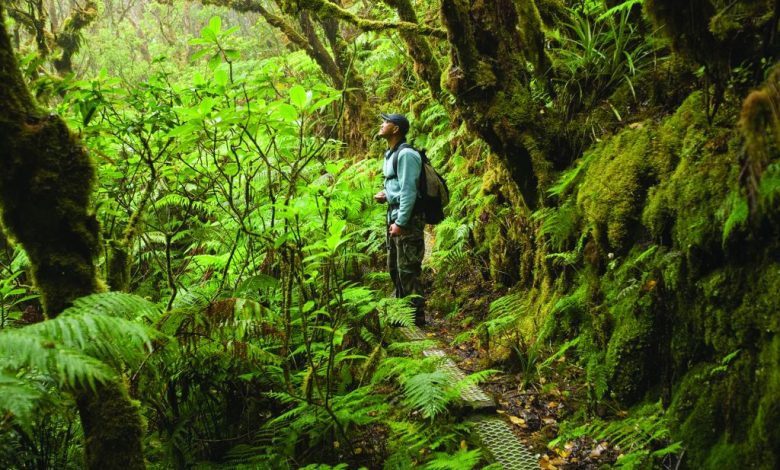
[ad_1]
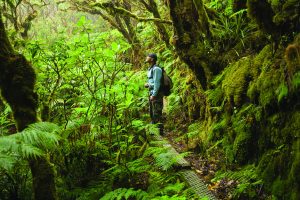
The Hawai‘i Community Foundation today announced the launch of its Hawaiian Islands Environmental Finance Center to support long-term water sustainability and water infrastructure resilience across the state.
HCF was awarded a $3.2 million dollar grant by the United States Environmental Protection Agency to establish a Category 2 – Regional Water Infrastructure Environmental Finance Center. The center is intended to serve as a vital resource for communities to access federal funding for infrastructure projects that improve public health and environmental protection.
This grant is a direct result of the Bipartisan Infrastructure Law, which delivers more than $50 billion to the EPA over five years to improve water infrastructure across the nation. HIEFC will work to assisting partners with identifying and applying for these funding opportunities as they become available.
Recognizing the significant demand for water projects in Hawai‘i, HCF, a community convener and founder of the state’s Fresh Water Initiative, created the HIEFC to provide resources, training and technical assistance, and engineering support to assist nonprofits, community groups and government agencies in securing federal funding for water conservation, recharge and reuse projects.
HIEFC will not be doing direct grantmaking; instead, it will be working with interested groups and agencies to identify and develop promising new water projects, to identify applicable funding opportunities, and to assist with grant applications, primarily at the federal level.
“The HIEFC is a testament to our organization’s commitment to fostering a more resilient, sustainable future for Hawai‘i,” says Micah Kāne, CEO and president of HCF. “In Hawai‘i, water is an invaluable resource, essential for cultural and traditional practices and to assure we have thriving healthy ecosystems from mauka to makai. We also need water for our local families to prosper, which requires affordable housing infrastructure so people can stay in Hawai‘i —and a regenerative water system to support that need.”
Another focus area of the HIEFC is creating a healthy workforce dedicated to stewarding Hawaiʻi’s water sources, with two main approaches to achieve this goal. The first, is that HIEFC is partnering with the University of Hawai‘i Economic Resource Organization and the University of Hawai‘i – Water Resources Research Center to assess the gaps in Hawai‘i’s current water workforce and develop models for career pathways that support roles in the water sector.
The second approach to support the development of a sustainable water workforce in Hawai‘i, is the new Hawai‘i Water Workforce Fellowship Program, also a program of HIEFC. With a maximum of 10 fellows each year, the program offers a full-time opportunity for participants to gain invaluable experience by working within local government agencies and various water-related organizations.
Those with an interest and/or educational experience in urban/regional planning, engineering, environmental studies, finance and law are encouraged to apply. HIEFC is working with the Urban Sustainability Directors Network, a peer-to-peer network of local government sustainability practitioners across the US and Canada, to support the program.
“We are so thankful for the HIEFC’s kōkua,” said Cheyenne Hiapo Perry, coordinator of the Mauna Kea Watershed Alliance. The alliance was one of the first organizations to receive technical assistance from the HIEFC during its preliminary launch period last year, which resulted in the successful submission of a federal grant application.
“The team guided us through the grant application process, providing assistance with application review and editing, and helping us craft a thorough and comprehensive project narrative that captured the essence of what’s happening on Mauna Kea, strengthening the overall grant application,” Perry said. “We look forward to working with the HIEFC again in the future.”
The launch of the HIEFC aligns with ongoing discussions among government officials about urgently needed water infrastructure improvements following the jet fuel leaks at the US Navy’s Red Hill Bulk Fuel Storage Facility on O‘ahu. Although the facility’s underground tanks are in the process of being de-fueled, their location above an aquifer that helps to provide water for nearly 25% of O‘ahu residents, highlights the importance of HIEFC’s services in protecting the state’s water sources.
The Aug. 8 fires on Maui are also an important example of the need to have healthy ecosystems that are resilient to extreme weather events and long-term droughts due to the effects of climate change, according to organization leaders.
“Our goal is to provide the resources, knowledge and support needed to drive innovative and sustainable water projects and empower communities in their efforts to build a more sustainable Hawai‘i,” said Dana Okano, director of HIEFC. “We are excited to launch this program to serve as a vital resource for organizations dedicated to environmental stewardship.”
For more information about the HIEFC, available funding opportunities, resources, and training opportunities visit www.hawaiianislandsefc.org. Completing the short intake form on the website will be the first step for any group seeking training or technical assistance.
[ad_2]
Source: Maui News

